If you’re considering starting a high-ticket dropshipping business, let me give you a fair warning – there’s a good chance you’ll reconsider by the time you finish reading this article.
I’m going to lay out all the risks and problems associated with this business model in 2024, and why it’s become harder than ever to achieve success.
However, here’s the good news: even with the difficulties you’ll encounter, it’s still possible to succeed with high-ticket dropshipping. It won’t be easy, but I won’t leave you feeling helpless. Throughout this article, I’ll provide you with solutions on how you can overcome the challenges and find success in this space.
Why Should You Trust My Opinion?
I’ve built several successful and profitable high ticket dropshipping businesses since 2016. The reason I wouldn’t start one today in the current market is the chance of success is much lower, there are better dropshipping options I would pursue instead.
I don’t benefit from writing this article, in fact, it’s detrimental to my bank account. I am an affiliate for several dropshipping tools and courses that I may have earned a commission from if you decided to make a purchase from a link on this website.
You need to ask yourself, should I trust someone who stands to make nothing from their content or someone who sells a high ticket dropshipping course and stands to make a considerable profit?
My related articles:
- High ticket products to dropship over $1,000
- 60+ High ticket dropshipping products
- 300+ high ticket dropshipping niches
1. Customers Will Price Check
Typically, high-ticket dropshipping involves utilizing domestic suppliers and reselling other brands’ products. In fact, most dropshipping gurus will highlight this as a positive aspect of the business model.
However, there’s a significant problem – consumers are inclined to price check. Personally, if I find a product I want to buy online, I’ll Google the exact brand and model to find which e-commerce store has it at the lowest price.
This is a common practice for any product, but it’s even more likely with high-ticket items where the consumer can potentially save a substantial amount of money. Especially with tools like Price Check, it’s become easier than ever for customers to find the cheapest price online.
The issue with this is that you can’t compete with other e-commerce stores that aren’t dropshipping the same products. While you save money on inventory storage compared to regular retailers, they have far better margins due to buying in bulk at wholesale rates.
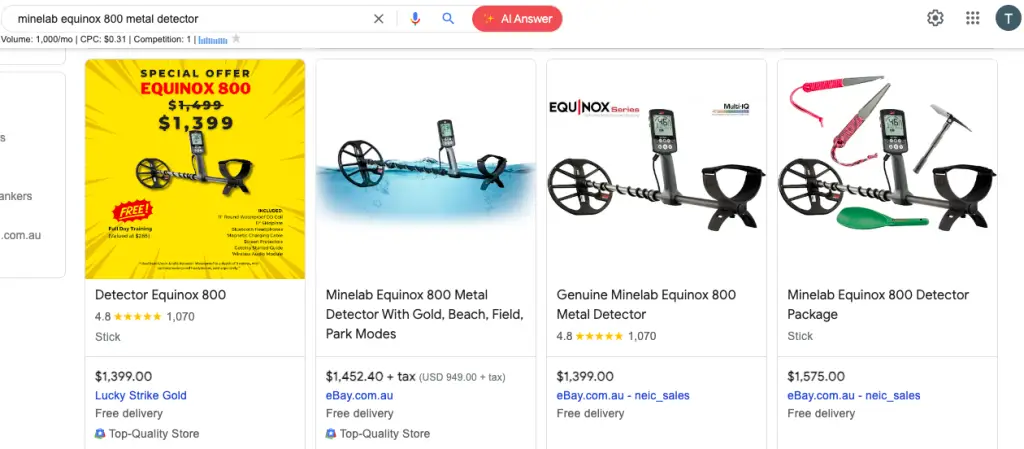
As a dropshipper, you can’t compete on price, and any other wholesale retailer with the same product can easily undercut your business. Good luck trying to sell the same products as other stores but at a higher price – you’ll need it!
Solution
If you’re going to sell the same brands as other online retailers, there’s no way to stop price checking, at least as far as I’m aware. This is why many dropshippers transition to working with manufacturers in China to create their own unique brand. By creating your own brand, customers can’t Google the exact product and find a cheaper price elsewhere. By focusing on branding, trust and customer experience, consumers may be more willing to buy from you at a slightly higher cost.
2. High-ticket Dropshipping is Competitive
High ticket dropshipping is a very alluring business model. The barrier to entry is very low and someone with no experience can build a store within a few weeks and you can make $200 – $1,000 profit for each sale.
It clearly sounds extremely tempting and persuasive to any unsuspecting beginners. This is why high ticket doprshipping is growing in popularity. Unfortunately, nobody really knows the exact success rate of the business model, but my instincts tell me it’s declining over time.
Whilst I don’t think high ticket dropshipping is saturated, it continues to grow in popularity as more people online promote it with their courses. Obviously, the less competitors the better, however, competition also means it’s a viable business and there will always be opportunities for those willing to put in the work.
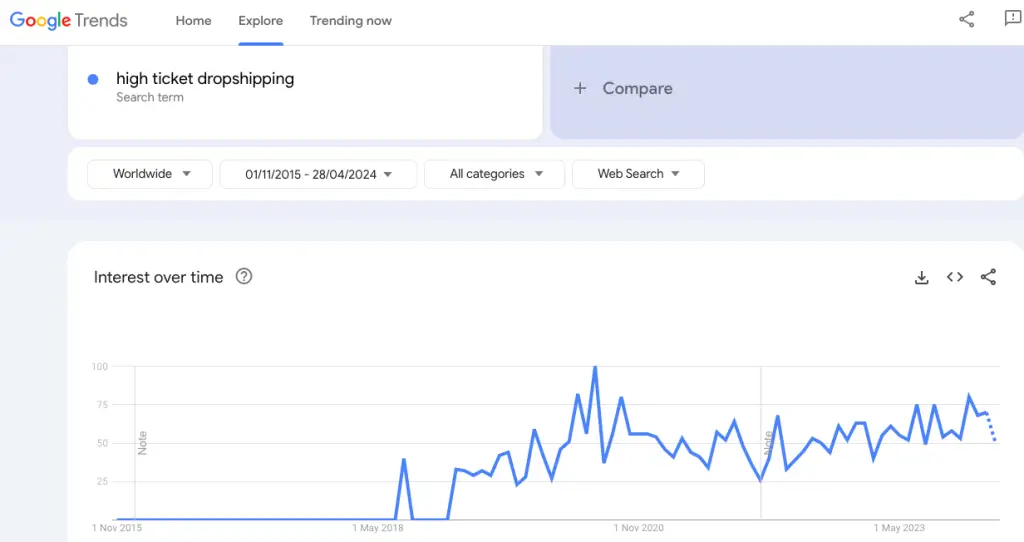
Solution
Whilst you can’t reduce other people starting a high ticket dropshipping business, you can reduce the amount of competition you’ll face. This involves selling unique that others aren’t selling and targeting audiences other stores may not be targeting. The other option is to target Countries outside of the USA. Most merchants only dropship within the US but by using keyword tools, you can often find untapped Countries to target who have high demand within specific niches.
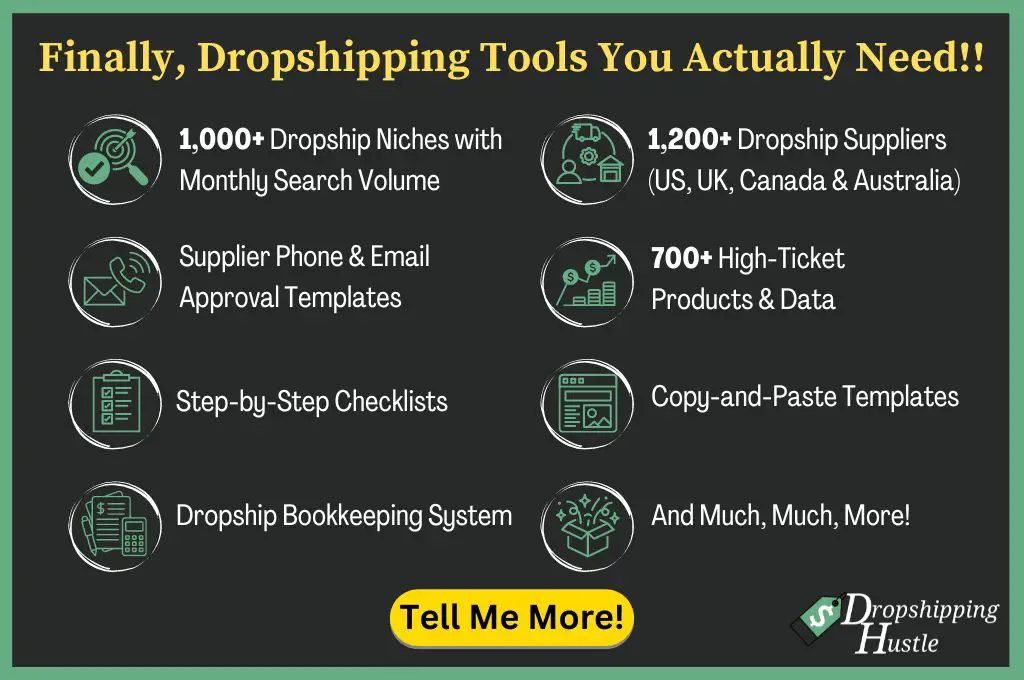
3. Supplier Approval is Hard
Landing suppliers is one of the most difficult aspects of the high-ticket dropshipping business model. No matter how comfortable and persuasive you are when contacting suppliers, the top suppliers you want to work with will likely reject you.
To succeed, you need to partner with suppliers who don’t accept everyone and vet their merchants carefully. If you only work with suppliers who approve everyone, you’ll face a ton of competition. You’ll notice the same products everywhere online, making it extremely difficult to make sales.
Top suppliers stock unique, high-quality brands and often only want to work with reputable businesses that focus on delivering an exceptional customer experience. A poor buying experience reflects poorly on their business and can devalue their brands. Unfortunately, dropshipping doesn’t have a reputation for providing a premium experience.
You should ask yourself, would a supplier trust an unknown dropshipping business with their brand’s reputation?
Most suppliers will have policies in place and won’t work with dropshippers, no matter your sales skills. The ones that do work with dropshippers may require proof of experience, making it difficult for new businesses to break into the space.
Solution
Landing a top-tier supplier is challenging, and many of them will reject you initially. However, there are some tactics and strategies I’ve used over the years that have helped me secure suppliers who have never worked with dropshippers before. I suggest you read my article on how to get approved by dropshipping suppliers and my phone script template.
4. You Can’t Compete with Big Companies
One of the significant advantages dropshipping businesses have historically had over brick-and-mortar stores is the fact that they operate solely online. This allows them to offer hundreds or even thousands of products in their store without the physical space constraints of a traditional retail location. A physical store, on the other hand, can only stock what they can fit on their premises.
However, this advantage is starting to erode as larger, well-known retailers are now selling many of the same products that dropshippers offer. These companies have their regular in-store product lines but are also stocking online-only or online-exclusive products to cater to the e-commerce market.
By expanding their product ranges online, these established retailers are directly competing with dropshippers in a space that was previously dominated by the latter. This increased competition makes it harder for dropshipping businesses to differentiate themselves and find unique products to offer customers.
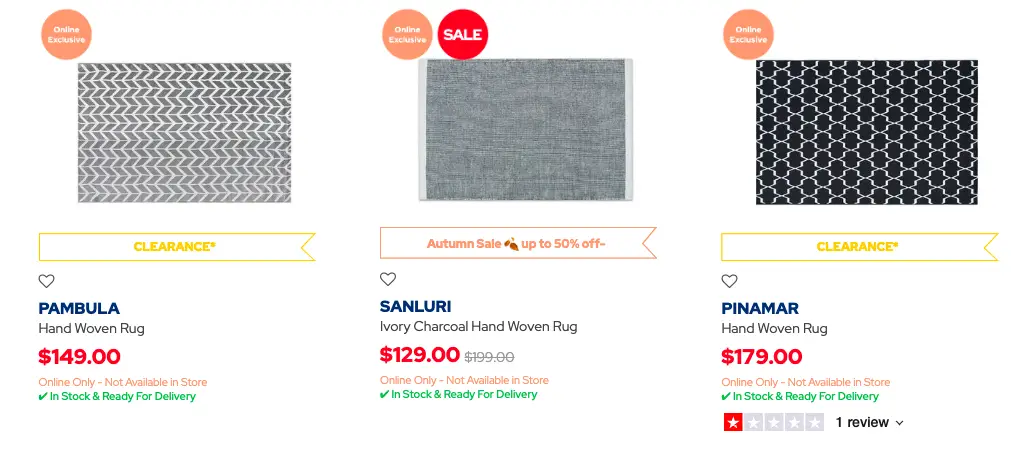
These larger retailers are essentially dropshipping products they can’t physically stock in their brick-and-mortar stores. This raises the question – how can you, as a smaller dropshipping business, compete with these large, well-known companies that have several inherent advantages:
- They buy in bulk, receiving lower product costs than individual dropshippers.
- They have access to faster and more affordable shipping options thanks to their scale.
- As established brands, consumers actively search for their products, reducing their advertising costs.
- Consumers know and trust these big retailers, while your business is unknown and potentially seen as riskier.
Solution
I think we’ve established that you can’t compete with online retailers stocking the same products as you. This means you’ll have to specialize in a unique niche and source products that are not easily found online by other well-known companies. I suggest you go through my list of 400 high ticket products for some ideas.
5. Paid Advertising is Increasingly Difficult
The most popular method of driving traffic to high-ticket dropshipping stores is through Google Ads. Most courses teach this as the primary advertising method.
Currently, there are no policies in place that outright prevent dropshippers from advertising their products on Google Ads. However, it’s becoming increasingly difficult to do so successfully. While it’s unlikely that Google will ban dropshipping advertising altogether, it’s clear that they prioritize e-commerce stores that stock their own products.
Many dropshipping stores are having their Google Merchant Center accounts suspended for misrepresentation. This can be due to several reasons, but the most likely cause is listing a business address different from where the actual business is located.
Most dropshippers run their businesses from their home addresses, and they may have suppliers from different locations, which can cause issues with Google’s policies. From Google’s perspective, they don’t want their platform filled with an abundance of dropshippers selling the same products and potentially not providing premium customer experiences, as it reflects poorly on them.
Solution
Account suspensions for misrepresentation are becoming more and more prevalent for dropshippers, so I suggest thoroughly reviewing Google’s misrepresentation policies here.
- Make your business as transparent as possible.
- Don’t offer anything you can’t provide to your customers.
- Provide accurate business information.
- Avoid any deceptive or sneaky sales tactics.
- Avoid clickbait ads.
- Don’t use virtual addresses where the same address is listed several times online, as this can cause suspicion from Google.
6. Unsustainable in the Long Term
Competing long-term by selling products with low-profit margins is an uphill battle. While you can negotiate lower product costs and faster shipping rates with your supplier as your business grows to increase margins, you can’t truly compete with large-scale wholesalers.
The dropshipping business model has many benefits, but the one significant drawback is the inherently lower profit margins. You’re buying products from your supplier on an individual basis instead of in bulk. This means you’re paying more for each product and often more for shipping as well.
Any other online store selling products within your niche will inevitably notice your success and simply purchase those same products in bulk at wholesale rates, allowing them to undercut your pricing. As a dropshipping store, your lower profit margins are your biggest weakness, and it’s natural for other businesses to exploit that vulnerability.
Solution
Because dropshipping long-term is unsustainable from a margin standpoint, you have to consider transitioning into buying some of your popular products in bulk at a certain point. This can often be arranged with the supplier you currently work with, and they may still ship the products individually for you. Alternatively, you could find a distributor or manufacturer to purchase from and have a fulfillment center (3PL) ship the goods individually on your behalf.
There are several options available for this next step in your business evolution, and the ideal solution will depend on the types of products you’re selling and how you want to manage this transition phase.
7. Your Business Can Be Replicated
The barrier to entry is extremely low with dropshipping, which means anyone can potentially replicate your business model. As soon as other online retailers notice any success you’re having, it’s only natural that they’ll attempt to copy you.
They can easily create a similar Shopify store, find and secure your suppliers, stock the same products, copy your ad campaigns, and even use AI tools like ChatGPT to rewrite and improve all of your product descriptions.
Because dropshipping requires minimal skills and financial risk, and because an entire business can be duplicated in a single day, the threat of copycats replicating each aspect of your store is an inevitability you must face.
This is vastly different from established retailers who stock their own inventory. They have processes in place, have built an actual brand, and have cultivated long-term relationships with suppliers. Their business model is far more difficult and risky to replicate on a whim.
Solution
Building a strong brand is likely the best strategy you can implement to create a long-term, sustainable dropshipping business that is more difficult for others to replicate. This means creating valuable written and video content around your niche, building a community of like-minded people on social media, and providing a premium customer experience that builds trust and loyalty.
While branding requires significant effort and commitment, it’s also the most effective strategy for reducing or eliminating many of the problems you’ll inevitably face with high-ticket dropshipping over the long run.
Conclusion – Does Low Ticket Dropshipping Have the Same Risks as High Ticket?
If you had asked me 5 years ago which is the better business model, high or low-ticket dropshipping, I would have said high-ticket. However, the business has shifted, and I now believe that low-ticket dropshipping, when done correctly, has more potential.
You may have heard several high-ticket gurus online proclaim, “Don’t even think about selling cheap products from China when you can offer high-quality brands from domestic suppliers with high-profit margins.”
What they’re not telling you is that dropshipping inferior quality products from AliExpress is not the end goal of a successful dropshipping business. The individuals making millions in e-commerce are using AliExpress temporarily to test and validate the potential of products before partnering with manufacturers in China to create unique, high-quality brands.
Dropshipping from AliExpress alone is a poor business model fraught with problems and is far from a long-term strategy. Yet, the gurus will lead you to believe that this is the entirety of the business.
By utilizing AliExpress as a testing ground, you eliminate much of the risk associated with buying in bulk. Once you start working with manufacturers in China and creating your own products, you will not encounter the same risks that you would face with high-ticket dropshipping.
My final advice would be that there are still opportunities within high-ticket dropshipping if you are determined enough and have the right strategy in place. However, if a friend asked me whether they should pursue high or low-ticket dropshipping, I would recommend low-ticket dropshipping if they have a solid plan to progress beyond just reselling AliExpress products.


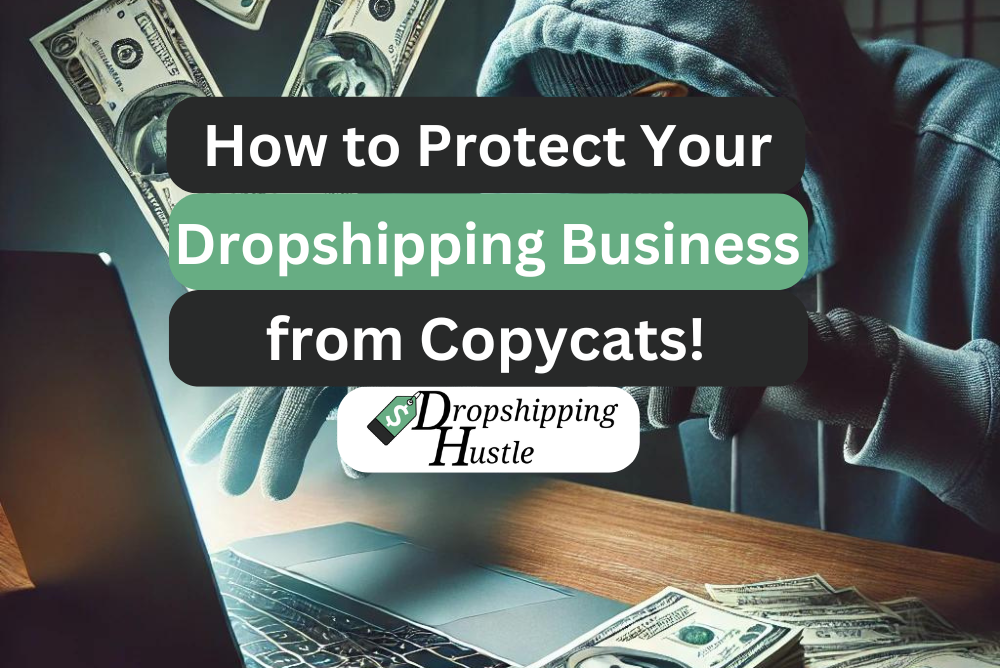

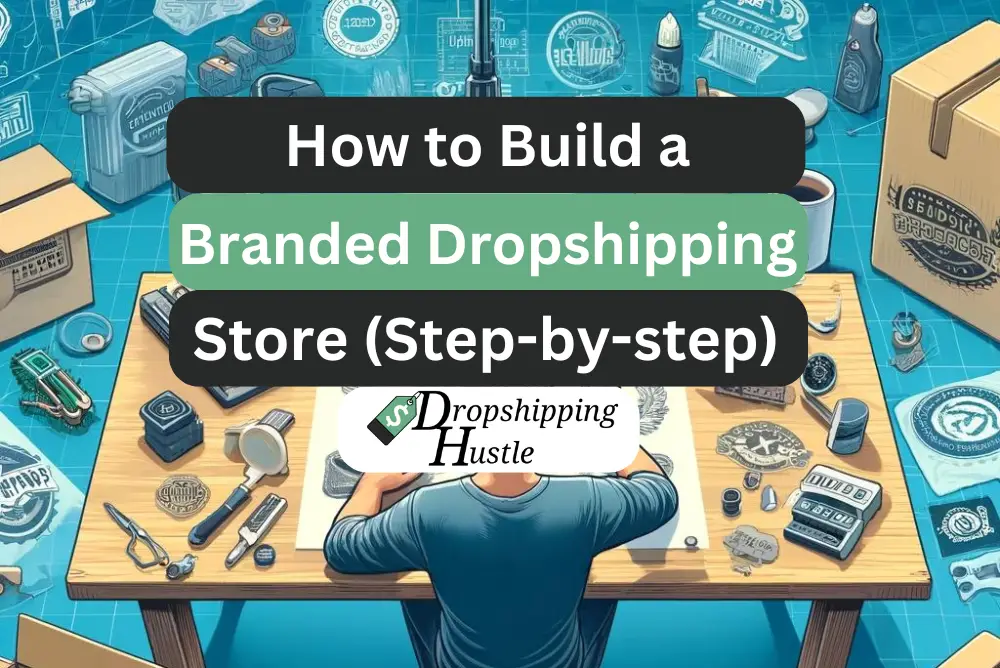

Leave a Reply